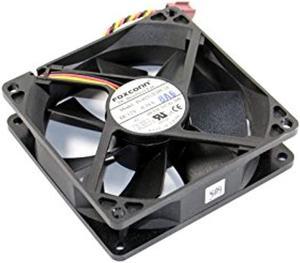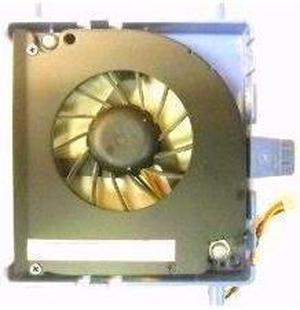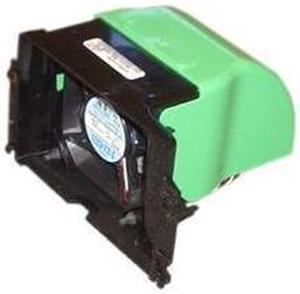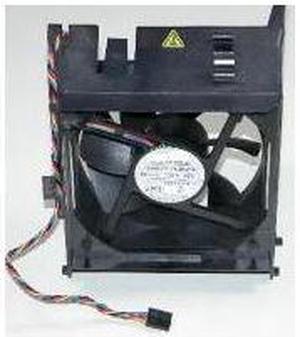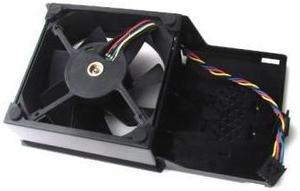- New
- Make an Offer
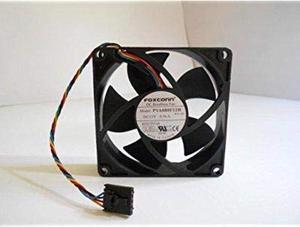
- Model #: RNAB01GLADSJC
- $27.99 –
- $7.99 Shipping
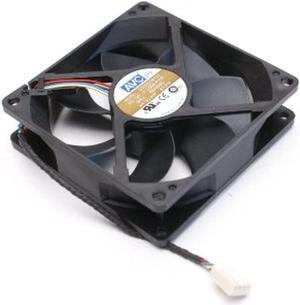
- Type: Case Fan
- Model #: RNAB004X2HQMG
- $19.99 –
- $4.99 Shipping
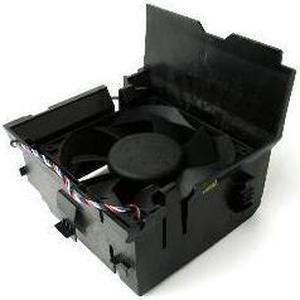
- $15.94 –
- $6.99 Shipping
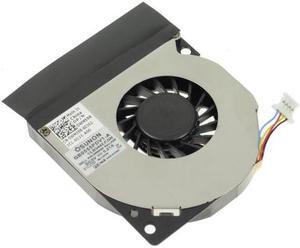
- $9.94 –
- $5.99 Shipping
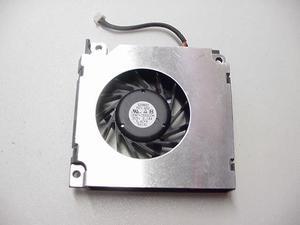
- Model #: J4024
- $10.94 –
- $5.99 Shipping
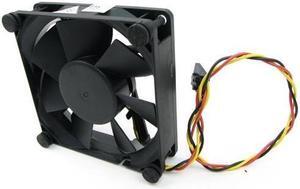
- Type: CPU Cooler Fan
- Color: Multicolor
- Model #: 99GRF
- $9.94 –
- $5.99 Shipping
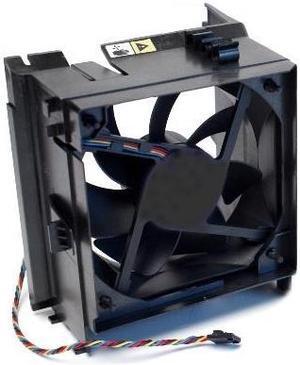
- Type: CPU Cooler Fan
- Color: Multicolor
- Model #: RR527
- $15.94 –
- $6.99 Shipping
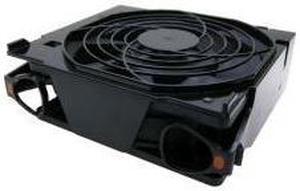
- $30.94 –
- $7.99 Shipping

- Model #: EE80201S1-0000-G99
- $39.00 –
- Free Shipping
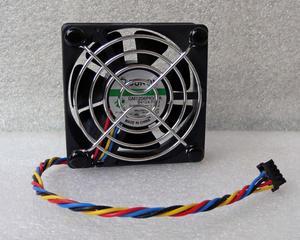
- Parts: 30 days warranty
- Labor: 30 days warranty
- Model #: dfa-513908000112976
- $22.99 –
- Free Shipping
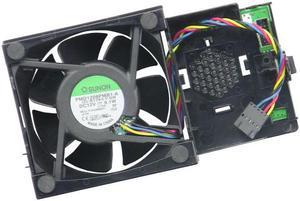
- $31.53 –
- Free Shipping
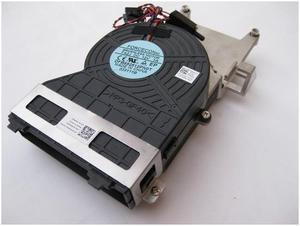
- $39.00 –
- Free Shipping

- $39.53 –
- Free Shipping

- $40.06 –
- Free Shipping
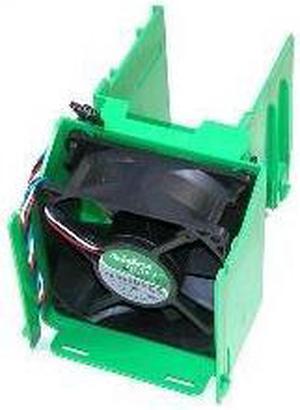
- $48.60 –
- Free Shipping
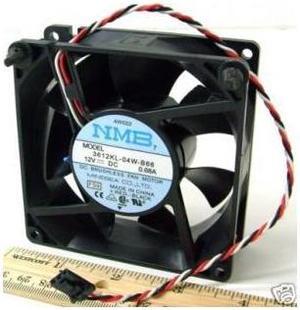
- $63.54 –
- Free Shipping
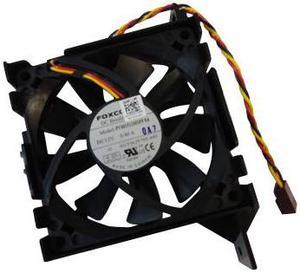
- Model #: HX022
- $73.14 –
- Free Shipping

- Type: Cooling Fan
- Color: Multicolor
- Model #: Y4574
- $26.19 –
- Free Shipping
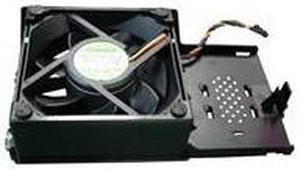
- Type: Cooling Fan
- Color: Multicolor
- Model #: M6792
- $31.53 –
- Free Shipping
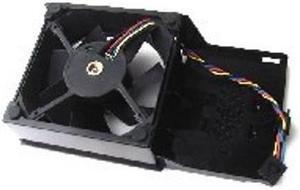
- $30.46 –
- Free Shipping
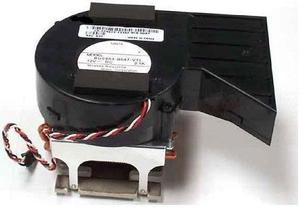
- $65.67 –
- Free Shipping

- Type: Cooling Fan
- Compatibility: Dell PowerEdge 1950 Server
- Model #: TC146
- $67.80 –
- Free Shipping

- $89.14 –
- Free Shipping
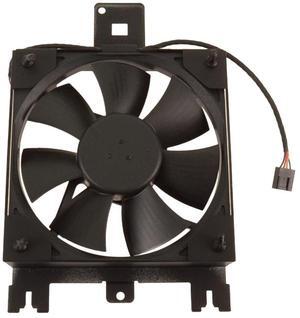
- $11.99 –
- Special Shipping
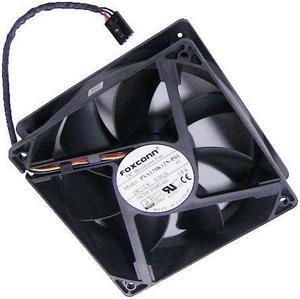
- Model #: PVA120K12N-P01
- $12.97 –
- Free Shipping
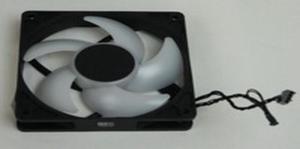
- Model #: 69XJW
- $22.49 –
- Free Shipping
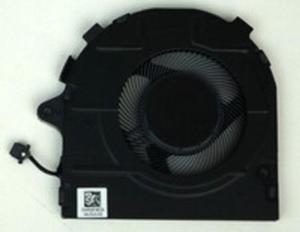
- Model #: PKD9P
- $14.97 –
- Free Shipping
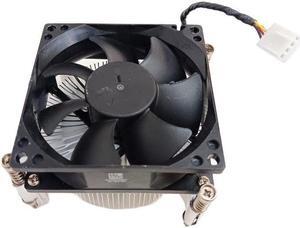
- $14.49 –
- Free Shipping

- Model #: DJH35
- $16.49 –
- Free Shipping
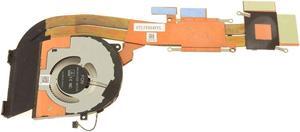
- Model #: G07JF
- $13.49 –
- Free Shipping
Dell® case fans come in dimensions ranging from 20 to 200mm to fit small blueprint cases as well as large tower workstations. Their revolutions per minute (RPM) rates of up to 3,499 and a high-heat conductive aluminium build ensure consistent system cooling when running intense applications. The bearing types produce less friction, ensuring less noise and longevity, while connection types ensure compatibility with three and four-pin connectors. You can take advantage of the different speed modes on a Dell laptop CPU fan to regulate and match the air flow with the prevailing cooling requirements.
Find Dell Fan Sizes That Fit Your Casing
Small 20mm Dell case fans take up limited space, helping to limit congestion of case accessories. They are convenient for cooling the voltage regulator module (VRM) or chipset on overheating motherboards. Standard 80 to 92mm fans fit in regular ATX systems, while 120 to 200mm models fit in large workstations and power-hungry gaming computers. Large case fans move significant amounts of air at lower speeds, which makes them produce little noise. Users can consider vertical mount fans that are convenient for mounting in tower chassis, or the horizontal mount fans that provide mounting options in 1U and 2U rack systems.
Enjoy Optimized Airflow Rates for Demanding Needs
High-end case fans work at a rate of up to 3,499rpm to enhance heat dissipation when running heavy programs. Tower rack fans for the Dell PowerEdge™ series combine up to four Dell case fans in a single structure. They can produce a higher maximum airflow volume of 96.5 cubic feet per minute (CFM) while providing an easy installation process. Fans with 2,000rpm or lower serve as economical cooling solutions for systems running light programs in well- ventilated environments. Users can consider a Dell heatsink fan (HSF) unit with an aluminum or copper build that provides direct heat conduction from CPU accessories such as processors.
Versatile Bearing Type Technology Ensures Durability and Minimal Noise
Sleeve bearings have a rugged design that makes them less prone to malfunction while operating in harsh environments. Ball bearings can work in both horizontal and vertical orientations, giving them the versatility to perform in tower and rack systems. Some Dell case fans combine two bearings to reduce friction and increase speed, making them recommendable for high density computer applications. Fans operating with magnetic levitation have few parts in contact when rotating, ensuring minimal friction for durability and less resistance at startup.
Choose Header Connection Types Compatible With System Connector Ports
Three-pin models carry ground, power and speed sensors that allow users to slow or speed up the Dell case fans by controlling the current. Four-pin connection types allow pulse width modulation (PWM) for automatic fan speed control. It sets the Dell cooling fan to a quiet state when idle, and ramps up only when the system warms up, saving energy. When considering CPU fans and heatsinks, check out Dell fans with Molex® connectors that do not interfere with rpm rates, keeping them at a consistent working state. They are a viable option for commercial systems that are on and at work for extended periods of time.
